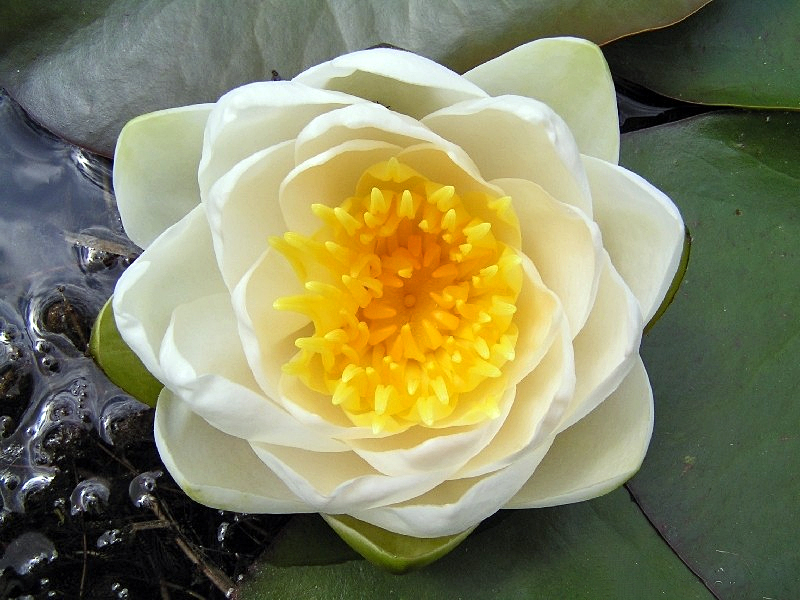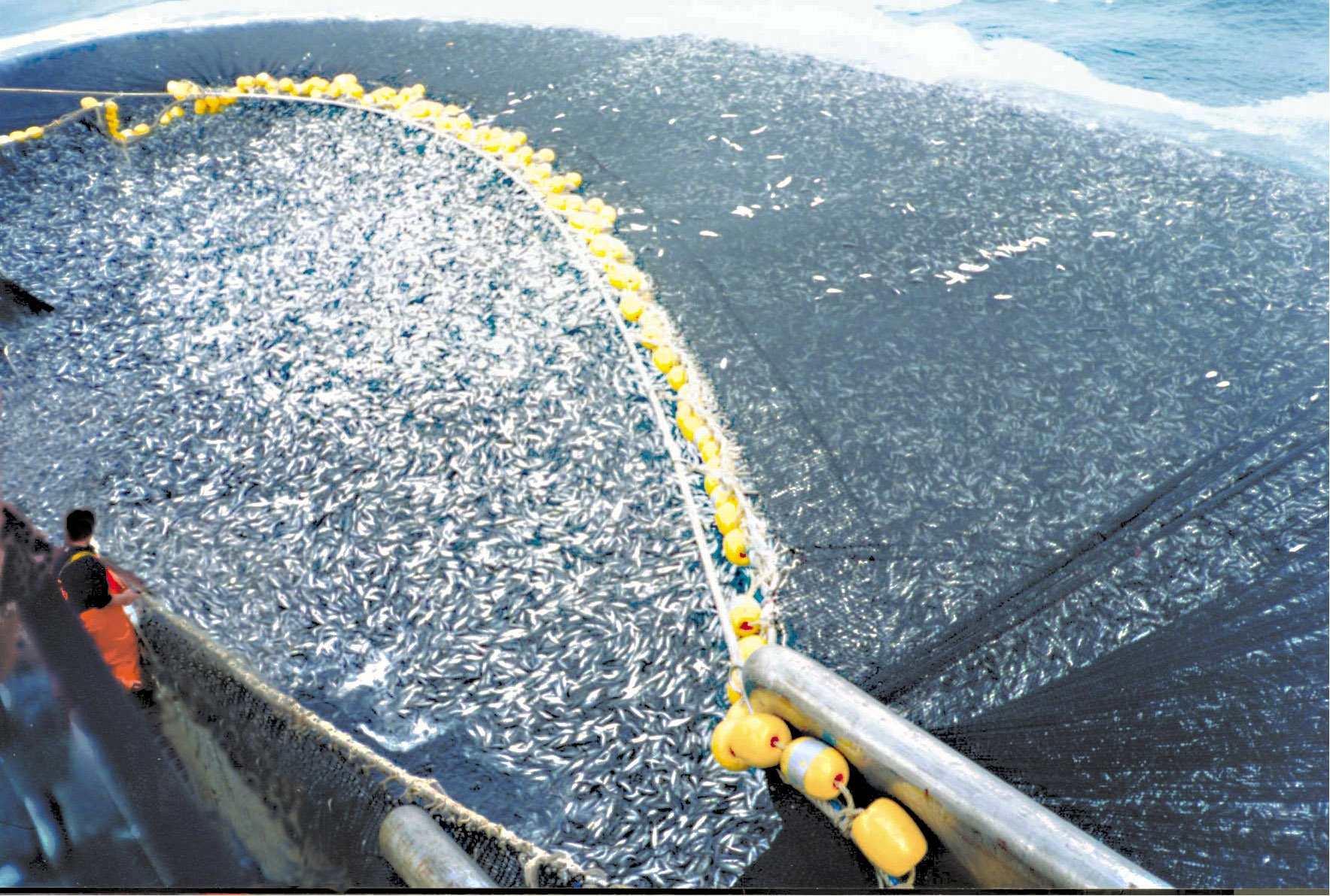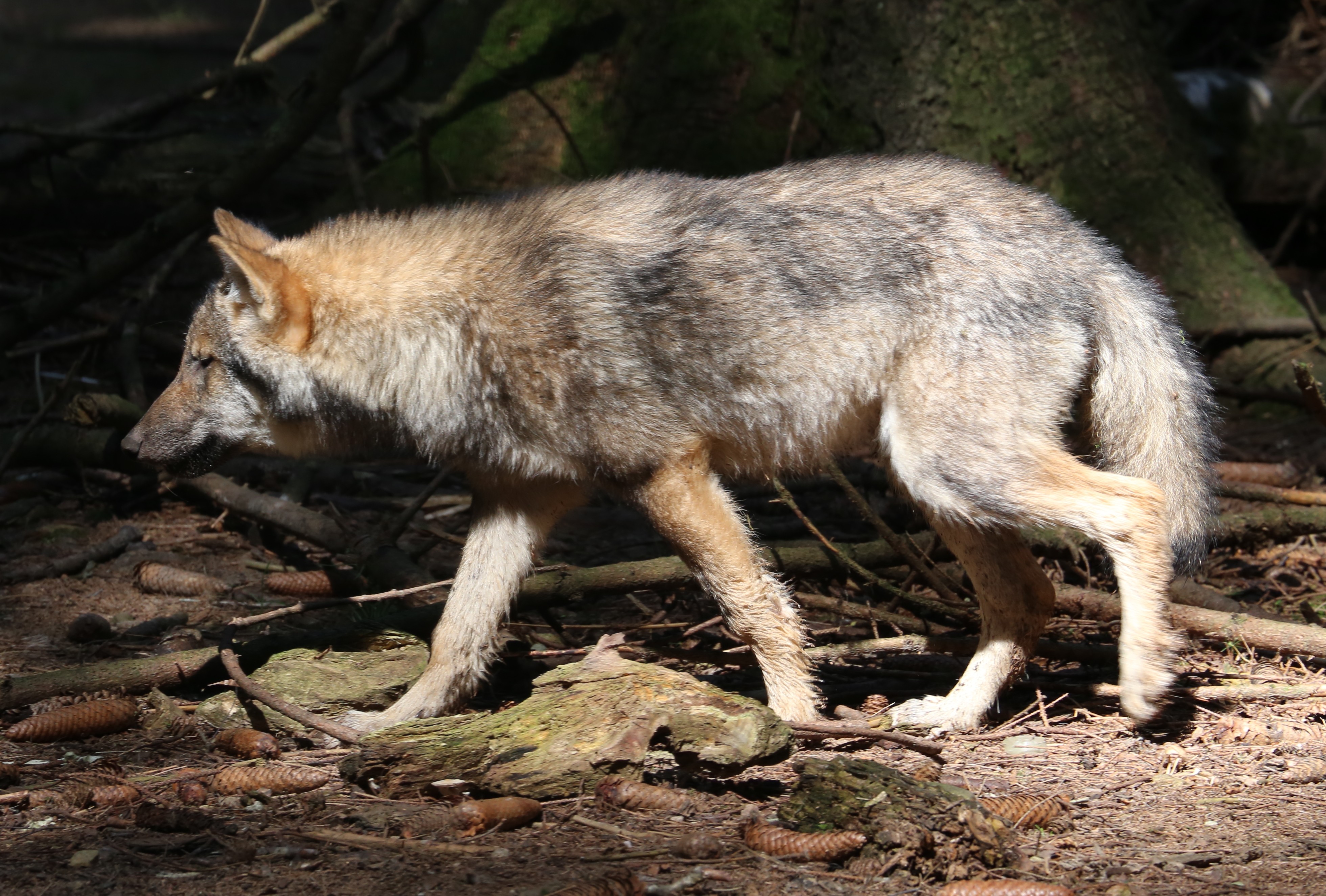|
Dabry's Sturgeon
Dabry's sturgeon (''Sinosturio dabryanus''), also known as the Yangtze sturgeon, Changjiang sturgeon and river sturgeon, is a species of fish in the sturgeon family, Acipenseridae.Zhuang, P., et al. (1997)Biology and life history of Dabry's sturgeon, ''Acipenser dabryanus'', in the Yangtze River.''Environmental Biology of Fishes'' 48(1-4), 257-64. It is endemic to China and today restricted to the Yangtze River basin, but was also recorded from the Yellow River basin in the past. It was a food fish of commercial importance. Its populations declined drastically, and since 1988, it was designated an endangered species on the Chinese Red List in Category I and commercial harvest was banned. It has been officially declared extinct in the wild by the IUCN as of July 21, 2022. Taxonomy Prior to 2025, it was placed in the genus '' Acipenser'', but this placement was long found to be paraphyletic. In 2025, it was moved to the revived genus '' Sinosturio''. It is the type species ... [...More Info...] [...Related Items...] OR: [Wikipedia] [Google] [Baidu] |
Auguste Duméril
Auguste Henri André Duméril (30 November 1812 – 12 November 1870) was a French zoologist. His father, André Marie Constant Duméril (1774–1860), was also a zoologist. In 1869 he was elected as a member of the Académie des sciences. Duméril studied at the University of Paris, and in 1844 became an associate professor of comparative physiology at the university. From 1857, he was a professor of herpetology and ichthyology at the Muséum National d'Histoire Naturelle in Paris. In 1851, with his father, he published ''Catalogue méthodique de la collection des Reptiles''. With zoologist Marie Firmin Bocourt (1819–1904), he collaborated on a project called ''Mission scientifique au Mexique et dans l'Amérique Centrale'', a publication that was the result of Bocourt's scientific expedition to Mexico and Central America from 1864 to 1866. The section on reptiles is considered to be Dumeril's best written effort in the field of herpetology Herpetology (from Ancien ... [...More Info...] [...Related Items...] OR: [Wikipedia] [Google] [Baidu] |
Aquatic Plant
Aquatic plants, also referred to as hydrophytes, are vascular plants and Non-vascular plant, non-vascular plants that have adapted to live in aquatic ecosystem, aquatic environments (marine ecosystem, saltwater or freshwater ecosystem, freshwater). In lakes, rivers and wetlands, aquatic vegetations provide cover for aquatic animals such as fish, amphibians and aquatic insects, create substrate (marine biology), substrate for benthic invertebrates, produce oxygen via photosynthesis, and serve as food for some herbivorous wildlife. Familiar examples of aquatic plants include Nymphaeaceae, waterlily, Nelumbo, lotus, duckweeds, mosquito fern, floating heart, water milfoils, Hippuris, mare's tail, water lettuce, water hyacinth, and algae. Aquatic plants require special adaptation (biology), adaptations for prolonged inundation in water, and for buoyancy, floating at the water surface. The most common adaptation is the presence of lightweight internal packing cells, aerenchyma, but floa ... [...More Info...] [...Related Items...] OR: [Wikipedia] [Google] [Baidu] |
Wastewater
Wastewater (or waste water) is water generated after the use of freshwater, raw water, drinking water or saline water in a variety of deliberate applications or processes. Another definition of wastewater is "Used water from any combination of domestic, industrial, commercial or agricultural activities, surface runoff / storm water, and any sewer inflow or sewer infiltration". In everyday usage, wastewater is commonly a synonym for sewage (also called domestic wastewater or municipal wastewater), which is wastewater that is produced by a community of people. As a generic term, wastewater may also describe water containing contaminants accumulated in other settings, such as: * Industrial wastewater: waterborne waste generated from a variety of industrial processes, such as manufacturing operations, mineral extraction, power generation, or water and wastewater treatment. * Cooling water, is released with potential thermal pollution after use to condense steam or reduce machinery ... [...More Info...] [...Related Items...] OR: [Wikipedia] [Google] [Baidu] |
Pollution
Pollution is the introduction of contaminants into the natural environment that cause harm. Pollution can take the form of any substance (solid, liquid, or gas) or energy (such as radioactivity, heat, sound, or light). Pollutants, the components of pollution, can be either foreign substances/energies or naturally occurring contaminants. Although environmental pollution can be caused by natural events, the word pollution generally implies that the contaminants Human impact on the environment, have a human source, such as manufacturing, Extractivism, extractive industries, poor waste management, transportation or Agricultural pollution, agriculture. Pollution is often classed as point source pollution, point source (coming from a highly concentrated specific site, such as a factory, Environmental effects of mining, mine, construction site), or nonpoint source pollution (coming from a widespread distributed sources, such as microplastics or agricultural runoff). Many sources of po ... [...More Info...] [...Related Items...] OR: [Wikipedia] [Google] [Baidu] |
Deforestation
Deforestation or forest clearance is the removal and destruction of a forest or stand of trees from land that is then converted to non-forest use. Deforestation can involve conversion of forest land to farms, ranches, or urban use. About 31% of Earth's land surface is covered by forests at present. This is one-third less than the forest cover before the expansion of agriculture, with half of that loss occurring in the last century. Between 15 million to 18 million hectares of forest, an area the size of Bangladesh, are destroyed every year. On average 2,400 trees are cut down each minute. Estimates vary widely as to the extent of deforestation in the tropics. In 2019, nearly a third of the overall tree cover loss, or 3.8 million hectares, occurred within humid tropical primary forests. These are areas of mature rainforest that are especially important for biodiversity and carbon storage. The direct cause of most deforestation is agriculture by far. More than ... [...More Info...] [...Related Items...] OR: [Wikipedia] [Google] [Baidu] |
Habitat Fragmentation
Habitat fragmentation describes the emergence of discontinuities (fragmentation) in an organism's preferred environment (habitat), causing population fragmentation and ecosystem decay. Causes of habitat fragmentation include geological processes that slowly alter the layout of the physical environment (suspected of being one of the major causes of speciation), and human activity such as land conversion, which can alter the environment much faster and causes the extinction of many species. More specifically, habitat fragmentation is a process by which large and contiguous habitats get divided into smaller, isolated patches of habitats. Definition The term habitat fragmentation includes five discrete phenomena: * Reduction in the total area of the habitat * Decrease of the interior: edge ratio * Isolation of one habitat fragment from other areas of habitat * Breaking up of one patch of habitat into several smaller patches * Decrease in the average size of each patch of habit ... [...More Info...] [...Related Items...] OR: [Wikipedia] [Google] [Baidu] |
Three Gorges Dam
The Three Gorges Dam (), officially known as Yangtze River Three Gorges Water Conservancy Project () is a hydroelectric gravity dam that spans the Yangtze River near Sandouping in Yiling District, Yichang, Hubei province, central China, downstream of the Three Gorges. The List of reservoirs by volume, world's 27th largest dam by reservoir volume, and the List of largest power stations, world's largest power station by installed capacity (22,500 Megawatt, MW), the Three Gorges Dam generates 95±20 TWh of electricity per year on average, depending on the amount of precipitation in the river basin. After the extensive monsoon rainfalls of 2020, the dam produced nearly 112 TWh in a year, breaking the previous world record of ~103 TWh set by the Itaipu Dam in 2016. The dam's body was completed in 2006; the power plant became fully operational in 2012, when the last of the main water turbines in the underground plant began production. The last major component of ... [...More Info...] [...Related Items...] OR: [Wikipedia] [Google] [Baidu] |
Gezhouba Dam
The Gezhouba Dam or Gezhouba Water Control Project () on the Yangtze River is located in the western suburbs of Yichang, in central China's Hubei province. One of the largest run-of-the-river dams, it sits several kilometers upstream from downtown Yichang, just downstream of the fall of the Huangbo River into the Yangtze. Construction started on December 30, 1970 and ended on December 11, 1988. The dam has a total installed electrical capacity of . After rushing out of Nanjin Pass (南津关, "South Ford Pass"), the Yangtze River slows down and widens from to about at the dam site. Two small islands, Gezhouba and Xiba, divided the river into three channels. There the Gezhouba Project was built. The facility boasts a generating capacity of along with three ship locks, two power stations that generate of electricity annually. It has 27 gates of spillway, and a non-flowing Dam on both banks. The dam is long with a maximum height of . The reservoir has a total volume of . Th ... [...More Info...] [...Related Items...] OR: [Wikipedia] [Google] [Baidu] |
Overharvesting
Overexploitation, also called overharvesting or ecological overshoot, refers to harvesting a renewable resource to the point of diminishing returns. Continued overexploitation can lead to the destruction of the resource, as it will be unable to replenish. The term applies to natural resources such as water aquifers, grazing pastures and forests, wild medicinal plants, fish stocks and other wildlife. In ecology, overexploitation describes one of the five main activities threatening global biodiversity. Ecologists use the term to describe populations that are harvested at an unsustainable rate, given their natural rates of mortality and capacities for reproduction. This can result in extinction at the population level and even extinction of whole species. In conservation biology, the term is usually used in the context of human economic activity that involves the taking of biological resources, or organisms, in larger numbers than their populations can withstand. The term is ... [...More Info...] [...Related Items...] OR: [Wikipedia] [Google] [Baidu] |
Overfishing
Overfishing is the removal of a species of fish (i.e. fishing) from a body of water at a rate greater than that the species can replenish its population naturally (i.e. the overexploitation of the fishery's existing Fish stocks, fish stock), resulting in the species becoming increasingly underpopulated in that area. Overfishing can occur in water bodies of any sizes, such as ponds, wetlands, rivers, lakes or oceans, and can result in resource depletion, reduced biological growth rates and low biomass (ecology), biomass levels. Sustained overfishing can lead to critical depensation, where the fish population is no longer able to sustain itself. Some forms of overfishing, such as the Threatened sharks, overfishing of sharks, has led to the upset of entire marine ecosystems. Types of overfishing include growth overfishing, recruitment overfishing, and ecosystem overfishing. Overfishing not only causes negative impacts on biodiversity and ecosystem functioning, but also reduces fish pr ... [...More Info...] [...Related Items...] OR: [Wikipedia] [Google] [Baidu] |
Sichuan
Sichuan is a province in Southwestern China, occupying the Sichuan Basin and Tibetan Plateau—between the Jinsha River to the west, the Daba Mountains to the north, and the Yunnan–Guizhou Plateau to the south. Its capital city is Chengdu, and its population stands at 83 million. Sichuan neighbors Qinghai and Gansu to the north, Shaanxi and Chongqing to the east, Guizhou and Yunnan to the south, and Tibet to the west. During antiquity, Sichuan was home to the kingdoms of Ba and Shu until their incorporation by the Qin. During the Three Kingdoms era (220–280), Liu Bei's state of Shu was based in Sichuan. The area was devastated in the 17th century by Zhang Xianzhong's rebellion and the area's subsequent Manchu conquest, but recovered to become one of China's most productive areas by the 19th century. During World War II, Chongqing served as the temporary capital of the Republic of China, and was heavily bombed. It was one of the last mainland areas captured ... [...More Info...] [...Related Items...] OR: [Wikipedia] [Google] [Baidu] |
Local Extinction
Local extinction, also extirpation, is the termination of a species (or other taxon) in a chosen geographic area of study, though it still exists elsewhere. Local extinctions are contrasted with extinction, global extinctions. Local extinctions mark a change in the ecology of an area. It has sometimes been followed by a replacement of the species taken from other locations, such as with wolf reintroduction. Discussion Glacial period, Glaciation is one factor that leads to local extinction. This was the case during the Quaternary glaciation, Pleistocene glaciation event in North America. During this period, most of the native North American species of earthworm were killed in places covered by glaciation. This left them open for colonization by European earthworms brought over in soil from Europe. Species naturally become extinct from islands over time; this can be either local extinction if the species also occurs elsewhere, or in cases of endemism, island endemism, outright ex ... [...More Info...] [...Related Items...] OR: [Wikipedia] [Google] [Baidu] |







